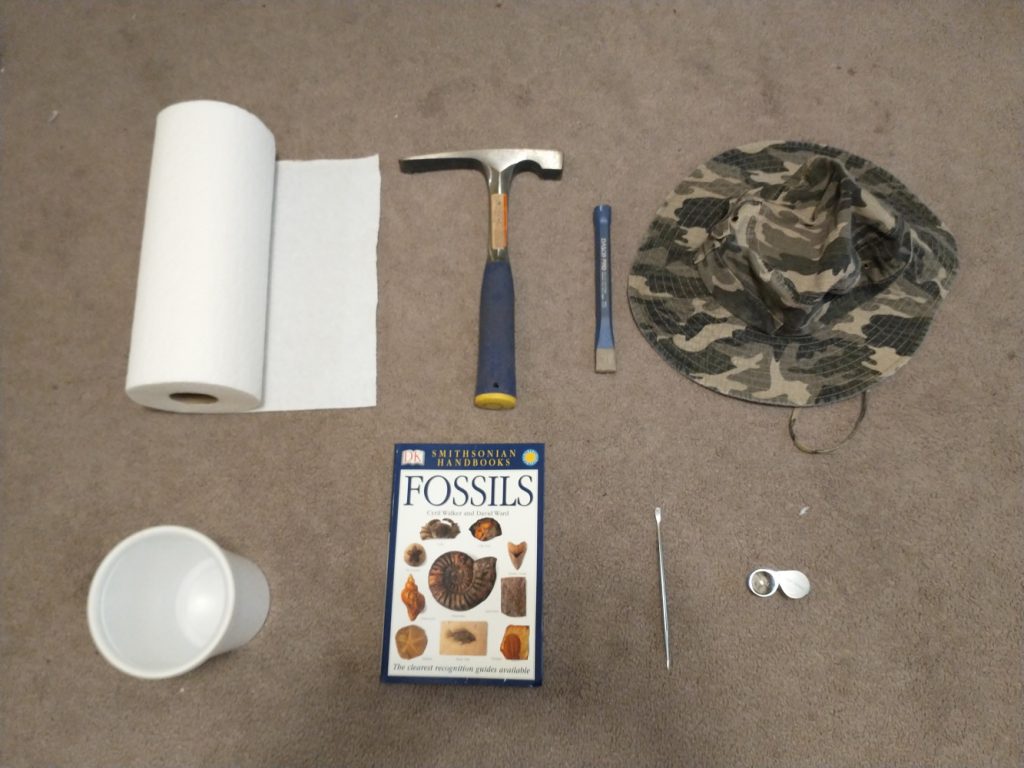
Fossil hunting: finding the remains of ancient worlds
Looking at fossils in museums is fascinating. Finding fossils, though, is even more satisfying, because you are the one who found it. Fossils are found all over the world, from the Sahara desert to Antarctica. If you want to take up this hobby, this post will give you some pointers and suggestions.
What to bring
When going out in the sun all day sitting on sun-baked rocks, it is good to take lots and lots of water, hats, and other things to stop from drying out. the next important thing to bring are ways to contain the fossils you find. Plastic containers are perfect, and paper towels are great for wrapping especially fragile finds. Rock hammers and chisels are ideal for getting fossils out of the ground, but if you can’t get hold of these then hammers and screwdrivers work fine. A magnifying lens is helpful once you’ve found something, and a dental tool is nice for getting rock away from the fossil. To know what you’re looking for, a fossil guide is ideal, but it is best to research beforehand what is found at a particular site. if you are staying awhile, or have to drive a long way to get to where you are going to hunt, you might want to bring food. Fossils are fond only in sedimentary rock, and even then the conditions have to be right. You may be able to find fossils in your own backyard, but it depends on the kind of rock. Shale, limestone, sandstone and mud-stone are usually best.

After the hunt
Once you get home, you will want to contain your fossils with others of their kind, ideally in labeled containers. You can put some of your best ones on display. Don’t get upset if the fossils you find aren’t complete – it is very rare to find a complete fossil.
